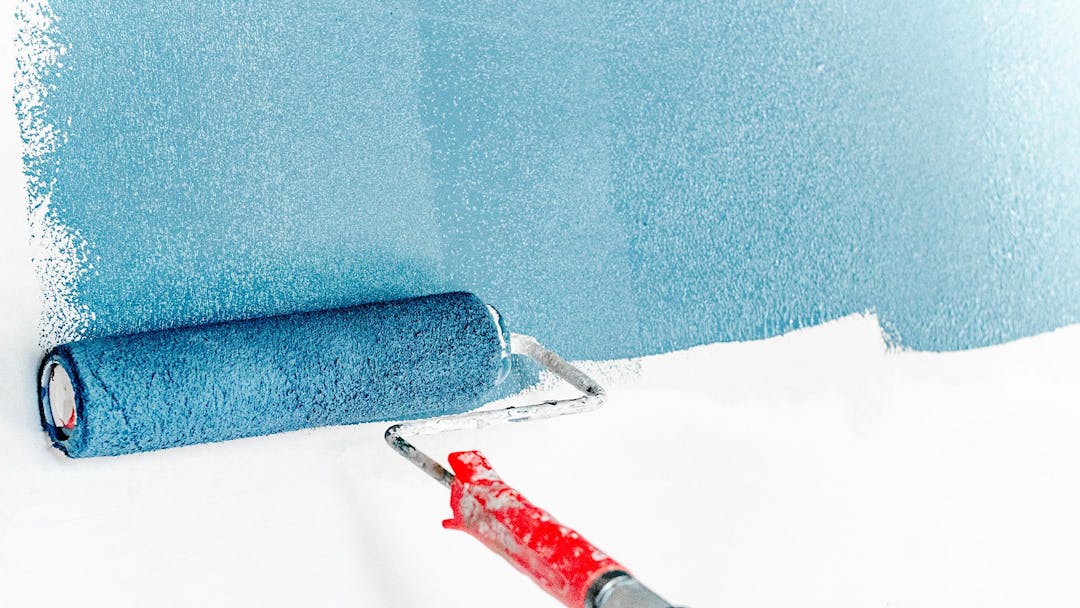The application of paint, we all know, is a key element in the beautification and protection of surfaces and, in particular, the walls of our homes, both interior and exterior.
However, for various reasons, a problem can arise: paint peeling off
In addition, it is not uncommon for other critical issues to develop over time, such as wear, flaking, and cracking on the painted surface. These drawbacks can cause an unsightly appearance and require repair work.
In this article we will examine the reasons why paint can deteriorate and the causes that lead to its detachment.
Why does paint wear out?
Paint can suffer wear and tear over time due to several factors.
Some of the main reasons that contribute to paint degradation are:
- Exposure to sunlight;
- Moisture;
- Weathering;
- Mechanical wear and tear.
Sunlight can cause pigment fading, while moisture can lead to mold formation or detachment of the paint film.
Mechanical wear and tear, such as determined by scratches or bumps, can damage the painted surface and cause it to deteriorate over time.
Factors that wear out paint
In addition to the factors mentioned in the previous chapter, there are others that can ruin the paint applied to a surface.
In particular, attention should be paid to technical elements that promote or accelerate the process of paint deterioration:
- Application of thin layers of paint;
- Poor preparation of the surface before painting;
- Use of low-quality materials;
- Absence of an adequate protective layer.
We will talk about the last factor listed later, but in general we can already say that placing a fixative or sealant on the surface can make the paint less vulnerable to wear and tear.
Why does paint swell and peel off?
Swelling and detachment of paint are negative effects mainly caused by moisture.
The phenomenon that occurs is as simple as it is harmful: water penetrates the surface and causes the paint layers to separate
When a painted wall is ruined by moisture, what you see are more or less large bubbles that make the paint layer brittle.
It is important to understand why moisture seeps in and how to prevent this annoying problem.
Why does paint flake off?
Flaking paint is a common problem that can occur when the paint film separates from the underlying surface in thin layers.
This can be caused by poor adhesion between the paint and the substrate, often due to:
- Inadequate surface preparation;
- The use of incompatible products;
- The application of paint on a dirty or greasy surface.
All these factors can impair adhesion and lead to flaking. In addition, as we have already explained, excessive moisture in the substrate can generate the classic effect of flaking paint.
Why does paint crack?
Even in the case of crack formation on the painted surface, there can be many causes.
The natural reasons that generate this unpleasant result are temperature fluctuations, humidity and structural movements, which can affect the stability of the paint and lead to the formation of thin or even very obvious cracks.
In some cases, these cracks may be the result of errors in the preparation of the surface to be painted or an excessively thick layer of paint.
Obviously, the presence of cracks on a wall or ceiling can compromise the aesthetic appearance and durability of the paint job.
What is wall fixative used for?
Wall fixative is a product used to prepare the surface before applying paint.
It performs important functions, including:
- The reduction of surface absorption;
- The homogenization of porosity;
- The increase of paint adhesion.
The fixative creates a barrier between the substrate and the paint, which prevents premature detachment of the paint layer and improves the durability and quality of the final result.
What happens if I don't put fixative on?
Lack of fixative can affect the adhesion of paint to the surface, making it more susceptible to flaking, fading and cracking.
In addition, without a fixative, the surface can over-absorb the paint, causing uneven pigment distribution and a lower quality end result.
There are, however, cases in which this protective layer is not necessary:
- Already treated surfaces. If the wall has already been previously painted with a paint that provides good adhesion, it may not be essential to apply a fixative. This is especially true if the surface is smooth and in good condition.
- Interior walls not exposed to moisture. In interior rooms, such as bedrooms or living rooms, where there is no significant likelihood of exposure to moisture and condensation, fixative may not be mandatory.
- Specialized paints. Some paints, such as those designed to be applied directly to new plaster or drywall, may already contain adhesive agents that eliminate the need for a fixative.
- Temporary projects. In situations where a long-term solution is not desired, fixative may be overlooked. However, this still depends on the nature of the project and the expected duration.
How much time should elapse between fixative and painting?
There is no one-size-fits-all time frame to start painting after applying a coat of fixative. Variations in time depend on the type of surface, more or less absorbent, climatic conditions, temperature, ventilation, air humidity.
In general, the time range can be from 1 hour 6/8 hours.
It is always important to respect the directions placed on the product packaging so as not to make mistakes that would lengthen the work or compromise the painting result.
If you want to better prepare the walls and avoid the problem of paint coming off, apply Vernice wall fixative.




